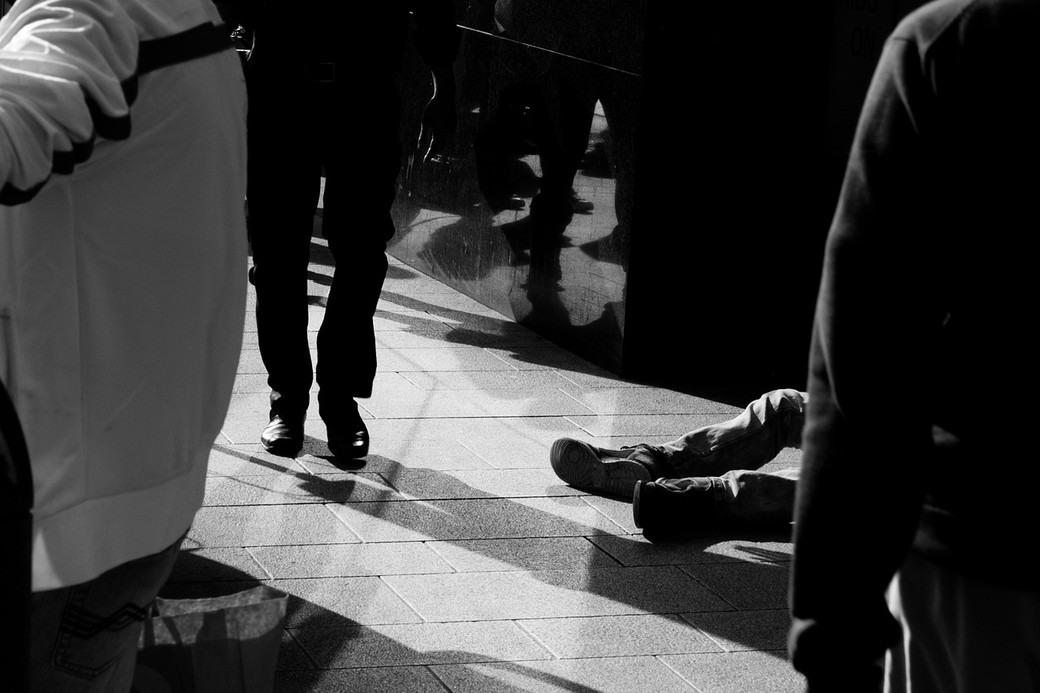
Five Things We Know about Economic Inequality – and Why We Need to Act
Certain segments of society encounter persistent disadvantages and lack of opportunity across the country. This can affect everything from health outcomes of individuals and entire communities to social cohesion. It can also impact the economic growth of the country and the social mobility of Canadians.
However, the extent of inequality – including what drives it and what to do about it – is hotly debated amongst policy makers, economists and political leaders.
So how bad is it and who does it affect? Here are five things we know about economic inequality in Canada:
1. Economic inequality is a matter of life and death.
According to a report this month from the Canadian Institute for Health Information, the gap between the health of high and low-income Canadians has widened over the past decade for measures such as smoking, hospitalization for chronic obstructive pulmonary disease (COPD), and how Canadians rate their own mental health.
A Statistics Canada report has also found that economic inequality, including income inequality, is associated with the premature death of 40,000 Canadians a year, which is equal to 110 Canadians dying prematurely every day.
Comparing the wealthiest 20 per cent of Canadians with the poorest 20 per cent of Canadians, it was found that a man living in low income has a 67 per cent greater chance of dying each year than his wealthy counterpart, and a woman living in low income has a 52 per cent greater chance.
2. Income inequality has grown over the past 20 years in Canada.
According to the Gini coefficient (a measurement of the statistical distribution of income between residents across the country), Canada successfully reduced income inequality in the 1980s. However, according to the same measurement, income inequality rose in the mid-1990s and has remained at an all-time high.
To put this into perspective, Canada ranks 12th highest among developed countries for the worst income inequality and received a “C” grade on income equality from the Organisation for Economic Co-Operation and Development (OECD).
3. Studies suggest that economic inequality is driven by the rising concentration of wealth at the top.
In 2012, the top 10 per cent of Canadians accounted for almost half of all wealth while the bottom 30 per cent of Canadians accounted for less than one per cent of all wealth.
In fact, the bottom 50 per cent of Canadians combined controlled less than six per cent of all wealth in Canada.
Understood another way, the median net worth (an individual’s assets or wealth minus debts and liabilities) of the top 10 per cent of Canadians was a little over $2 million in 2012 – a rise of more than $600,000 (41.9 per cent) since 2005.
In contrast, the median net worth of the bottom 10 per cent of Canadians was negative $5,100 in 2012 – which means individual debt, including credit card debt – increased more than 150 per cent from negative $2,000 in 2005.
Maybe the simplest way to understand all these figures is this single statistic: the top 10 per cent of Canadians held almost $6 of every $10 of financial assets in the country, excluding pensions.
4. The roots of economic inequality are often social.
Economists frequently make a distinction between inequality due to differences in effort and talent, and those due to differences in circumstances that are seen as beyond an individual’s control, such as gender, race, class, ethnicity, sexuality, geography, age, ability, immigration status and religion.
Economists often believe that inequality arises from differences in opportunities combined with talent and effort. But the International Monetary Fund (IMF) has found that economic inequality is more strongly associated with inequality of opportunities than with talent and effort – refuting the strongly held belief that wealth is tied to hard work.
Other data also suggest the belief that effort equals wealth is misguided. Indigenous people earn only 70 cents for every dollar versus non-Indigenous peoples; and women make 67 per cent of what men make. These income gaps partly stem from disparities in the distribution of good paying and more secure jobs.
5. Income inequality slows the overall economic growth of the country.
Benefits do not trickle down. The IMF and the OECD have found that an inverse relationship exists between increasing the income share of those living in the highest income group and overall economic growth of the country. If the income share of the top 20 per cent of income recipients increases by one per cent, GDP growth actually slows.
However, a similar increase in the income share of the bottom 20 per cent – a country’s poorest – is associated with a rise in economic growth. This positive relationship continues when increasing the income share of the middle class, resulting in higher economic growth.
 Carolyn Shimmin is a Knowledge Translation Coordinator with EvidenceNetwork.ca and the George and Fay Yee Centre for Healthcare Innovation.
Carolyn Shimmin is a Knowledge Translation Coordinator with EvidenceNetwork.ca and the George and Fay Yee Centre for Healthcare Innovation.








